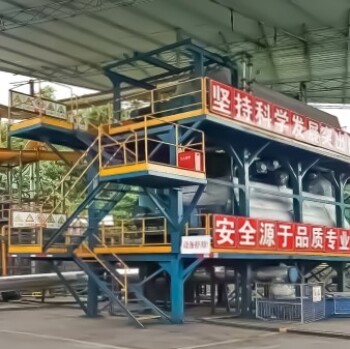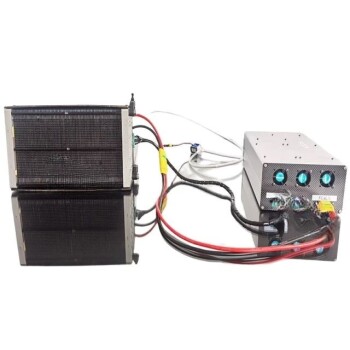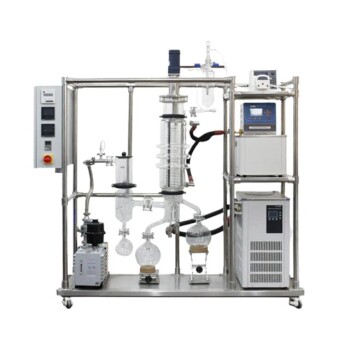Pyrolysis is a thermal degradation process that occurs in the absence of oxygen, producing solids (char), condensable liquids (oils and tar), and non-condensable gases. In contrast, gasification involves the partial oxidation of biomass in the presence of limited oxygen, yielding mainly combustible gases like syngas. Both processes are used to convert biomass into useful energy products, but they differ in the presence of oxygen and the types of end products they generate.
Pyrolysis:
- Process Description: Pyrolysis involves heating biomass in an oxygen-free environment. This process breaks down the biomass into various products without combustion. The primary outputs are bio-oil, bio-char, and syngas.
- Products: Bio-oil can be used as a transportation fuel, bio-char as a soil amendment, and syngas as a fuel for energy production.
- Applications: Pyrolysis is particularly suited for materials with high lignin content, such as agricultural waste and forestry by-products. It is also used for mixed plastic and animal wastes.
Gasification:
- Process Description: Gasification also involves heating biomass but with the presence of limited oxygen. This partial oxidation process converts biomass into syngas, which is a mixture of hydrogen, carbon monoxide, and methane.
- Products: The main product, syngas, is highly combustible and can be used for electricity and heat generation.
- Applications: Gasification is more efficient in terms of energy output and is suitable for producing electricity and heat. It is often preferred for its higher energy conversion efficiency.
Comparison:
- Oxygen Presence: The key difference lies in the presence of oxygen. Pyrolysis occurs in an inert atmosphere, while gasification requires some oxygen for partial oxidation.
- End Products: Pyrolysis produces a range of products including bio-oil and bio-char, which have different applications compared to the syngas produced by gasification.
- Energy Efficiency: Gasification is generally more energy-efficient and better suited for large-scale energy production.
Economic and Technological Considerations:
- Pyrolysis: The technology for pyrolysis varies, including fast, slow, and gasification methods. The choice of technology depends on the desired product mix, which is influenced by temperature, residence time, feed pretreatment, and equipment used.
- Gasification: This process is often considered more economically viable for energy production due to its higher efficiency and direct production of syngas, which is a versatile energy source.
In summary, while both pyrolysis and gasification are methods to convert biomass into energy, they differ significantly in their operational conditions and end products. The choice between them depends on the specific application, desired end products, and economic considerations.
Elevate your renewable energy projects with KINTEK SOLUTION's advanced biomass conversion technologies. Whether you're interested in the multifaceted applications of pyrolysis or the efficient syngas production of gasification, we offer cutting-edge solutions tailored to your needs. Discover how our innovative products can transform biomass into valuable energy products and drive sustainable development. Contact us today for a consultation and take the first step towards a greener future!










